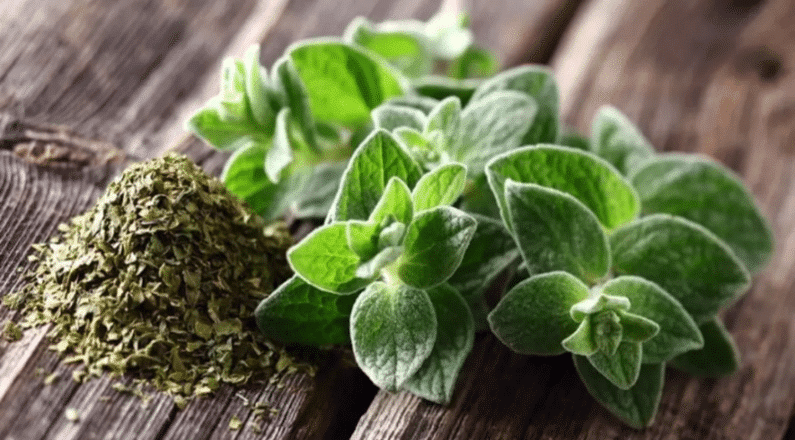Melissa officinalis L. subsp. altissima (Sm.) of Labiatae Family
Morphology: It is an aromatic, perennial poa with trichomes and erect multi-branched stems that
It has a spiny, spindly, and branched plant with long branched branches reaching a height of 130 cm. The leaves are ovate, with margins bearing rounded, spiny teeth. The flowers grow in a modular inflorescence (6-10 flowers per spike), with bracts and bracteoles. The corolla is white or pale pink.
Flowering: Blooms from June to September.
Distribution and habitat: It is native to southern Europe, the Balkans and Mediterranean countries as far as the Caucasus and has been naturalized as an halophyte in several other European countries. It is autochthonous at altitudes of 0-900 m and occurs in woodland and scrubland, in streams and wet places on roadsides and cultivated land.
Historical data: The word “melissa” is an abbreviation of the Latin and Greek word “melissophyllon”, which means “bee leaf”. The name is derived from the Greek word “bee” or “melita”. The nickname “Officinalis” indicates its use in pharmacy. In ancient times, citrus balsam was cultivated as food for bees. Virgil and Pliny the Elder mention the following: “The fragrance emitted by citrus balsam when near the hives makes the bees want to return”.
The name Melissa is of ancient Greek origin and is attributed, like the common name, to the fact that bees show a particular preference for the flowers of this plant for the nectar they produce. Historical records of its use by humans date back 2000 years ago. It is probably Theophrastus’s ‘Bee-flower’ in his work, A History of Plants (c. 300 BC), where it is classified botanically, perhaps for the first time, according to the deep green color of the leaves and the citron smell they give off. It may also be Hippocrates’ Calaminthea.
Harvesting – Drying: Harvesting is done just before the beginning of flowering, a time when the composition of the essential oils is at its best. After the beginning of flowering, the composition of the essential oils changes and the quality deteriorates. Up to three harvests per year may be carried out: the first at the end of May, the second at the end of July/beginning of August and the third at the end of September, weather permitting. Drying requires great care. Drying conditions of high temperatures (>35 °C) and high atmospheric humidity can lead to complete destruction of the crop.
Essential oils – Biological properties: Contains essential oil in low content with main constituents citral, citronellal, linalool, and geraniol. It is used in perfumery and in the manufacture of perfumes and in the preparation of perfumes. Creams containing an extract of the plant are available for the treatment of herpes simplex virus. Known non-volatile constituents include simple phenolic acids, mainly rosmarinic acid, caffeic acid, chlorogenic acid, and metrical acid, flavonoids such as luteolin, apigenin and their derivatives, monoterpenic glycosides, triterpenes such as ursolic and oleanolic acids, and tannins. Different components contribute to the various pharmacological actions of the plant.
It is a traditional medicinal product of plant origin for the relief of mild symptoms of mental stress – hypnagogic, for symptomatic treatment of mild gastrointestinal disorders (including typhoid and flatulence).



















